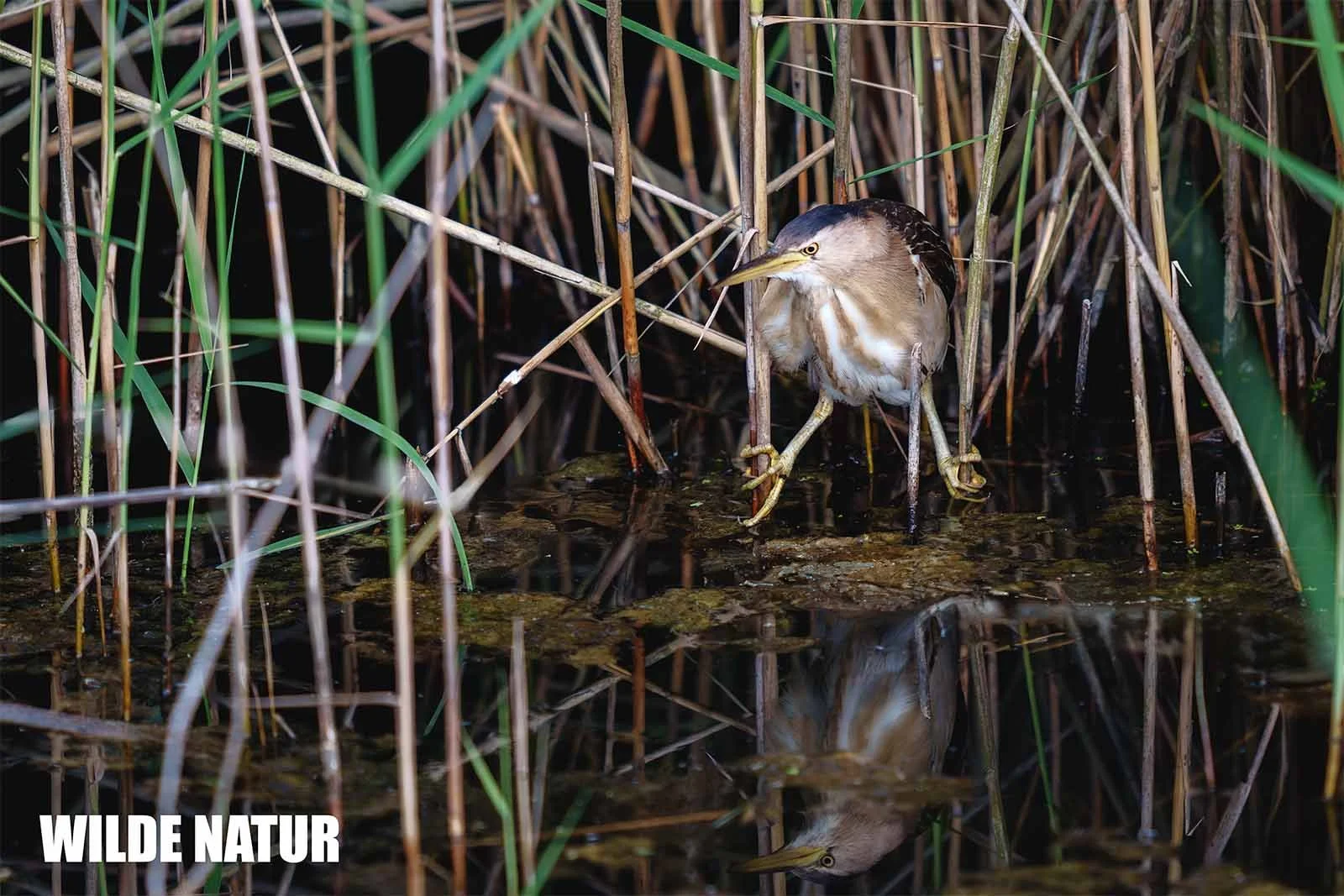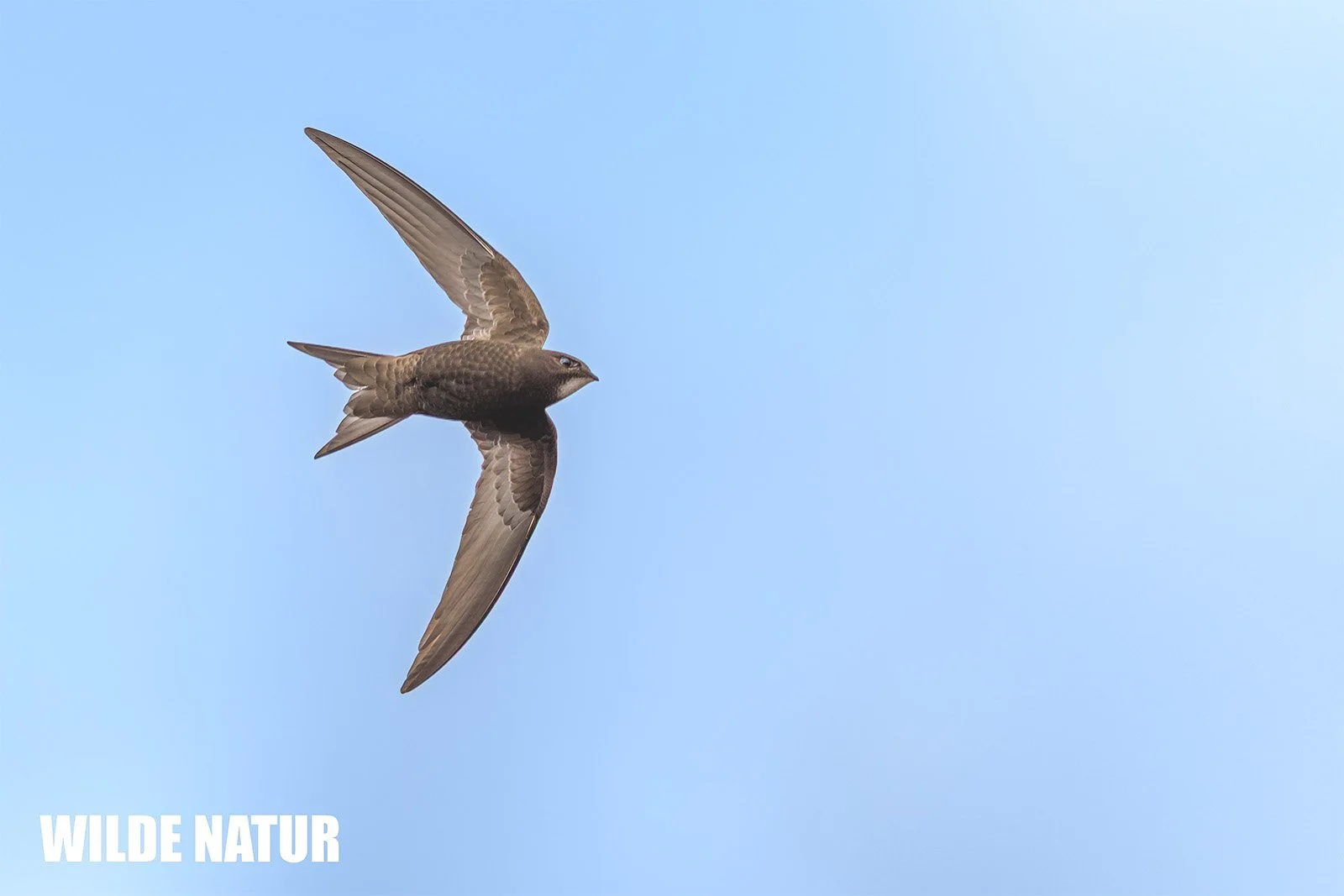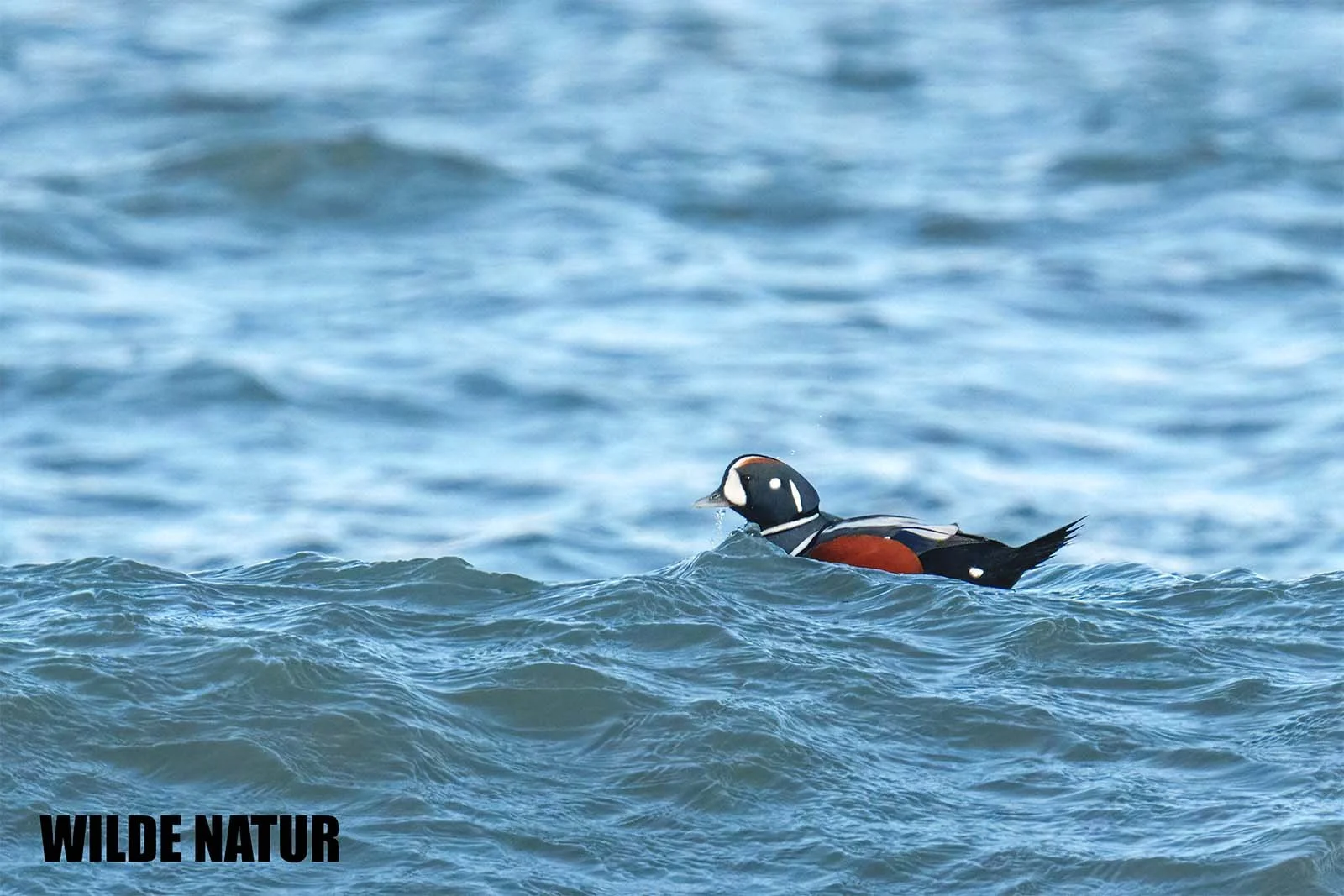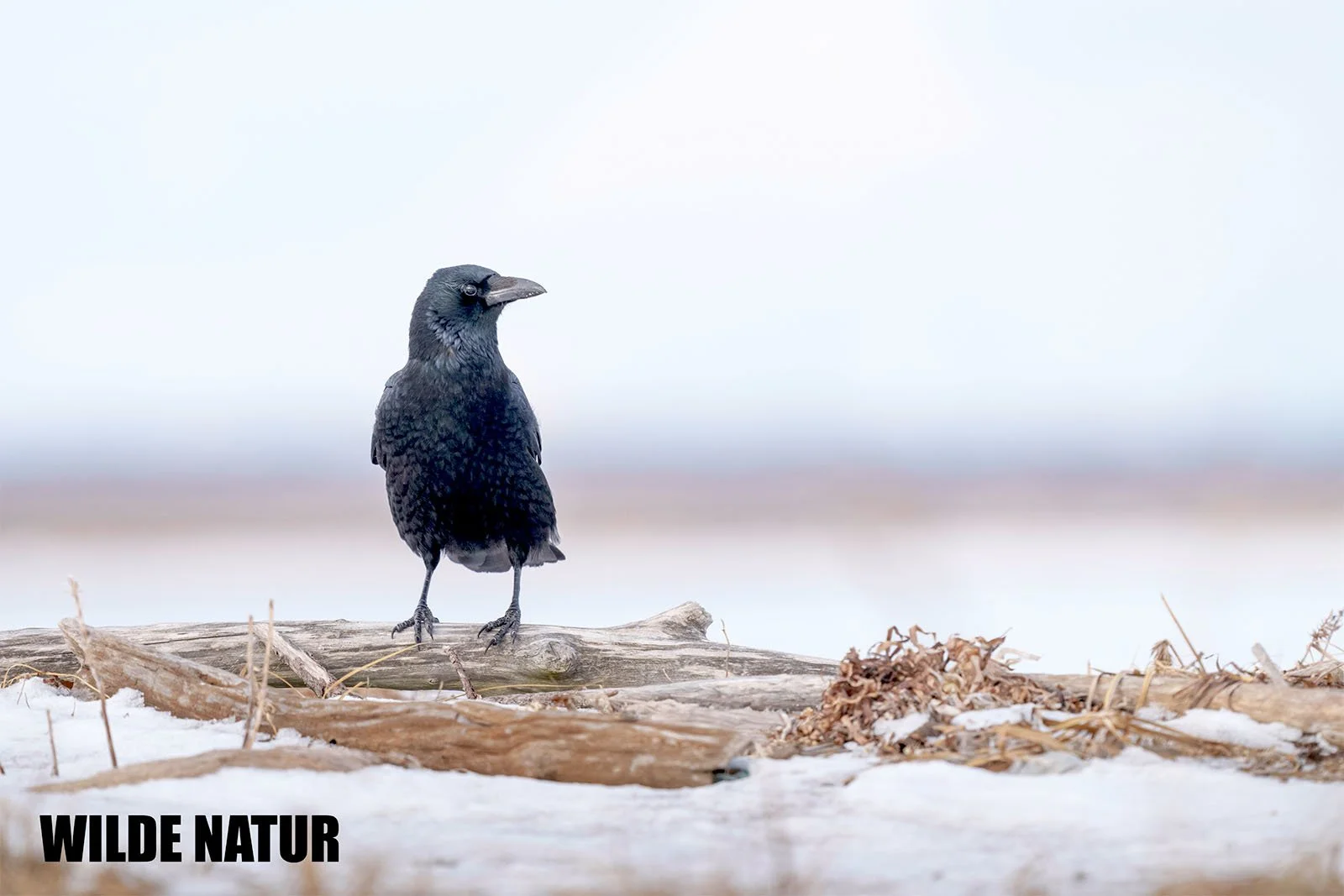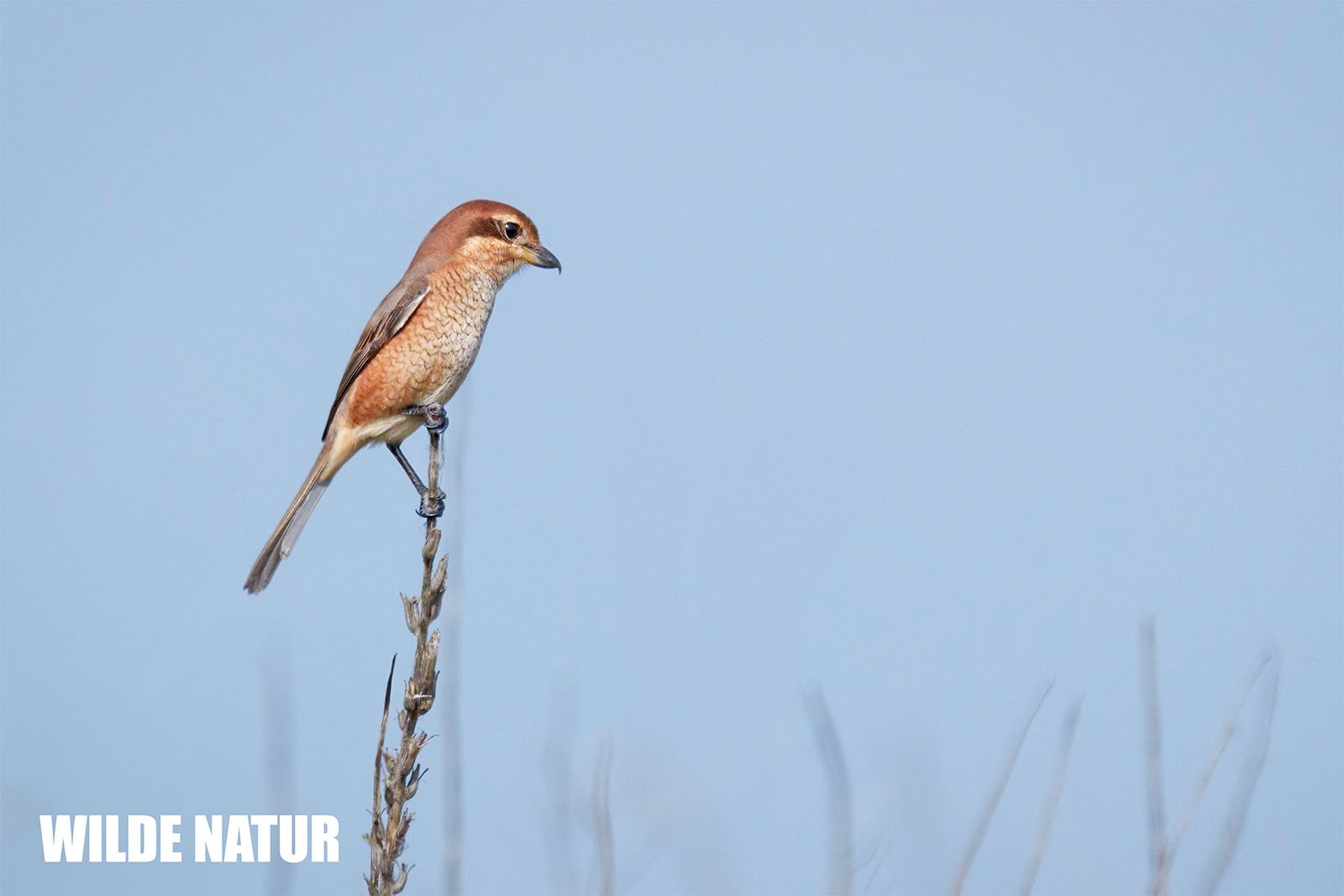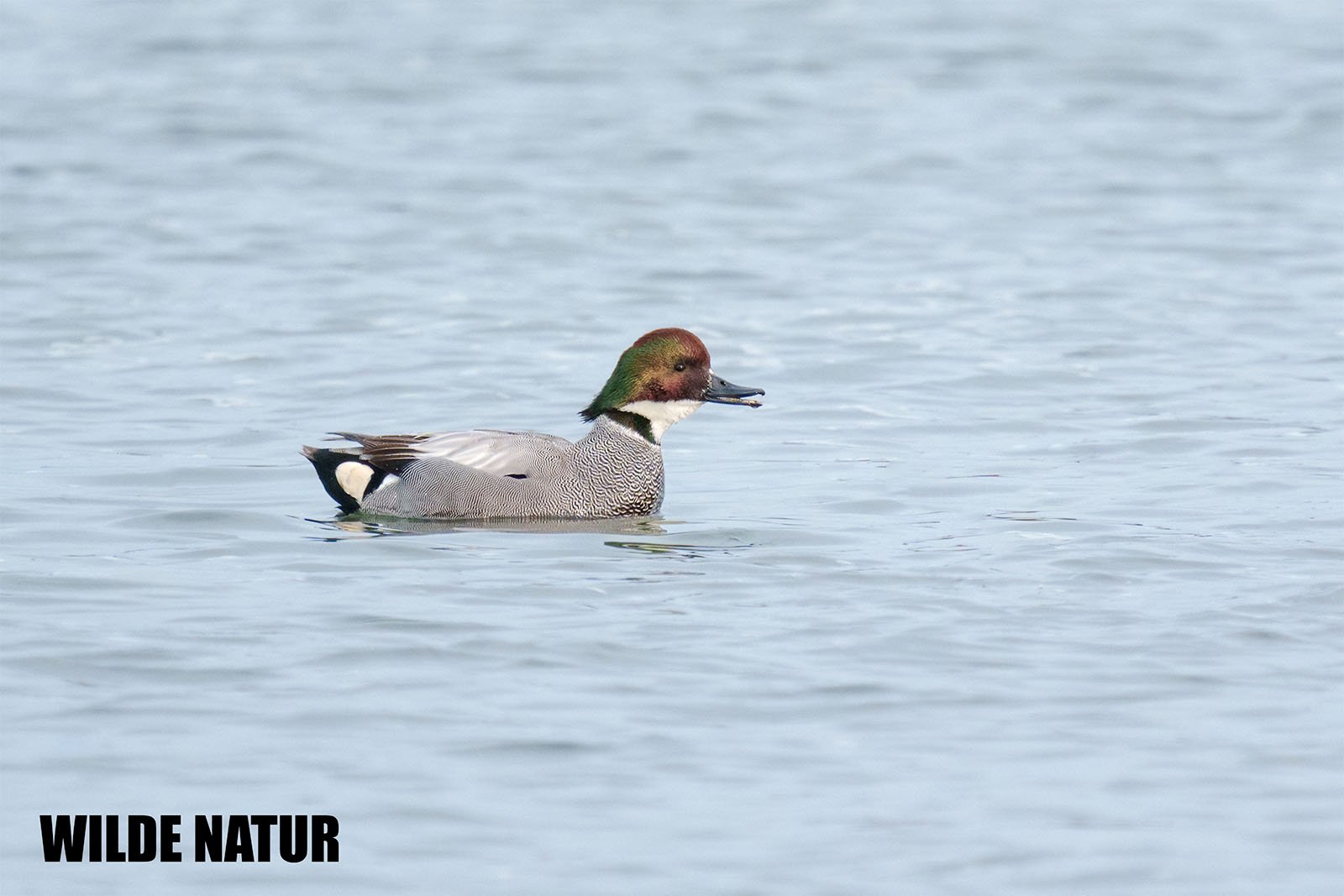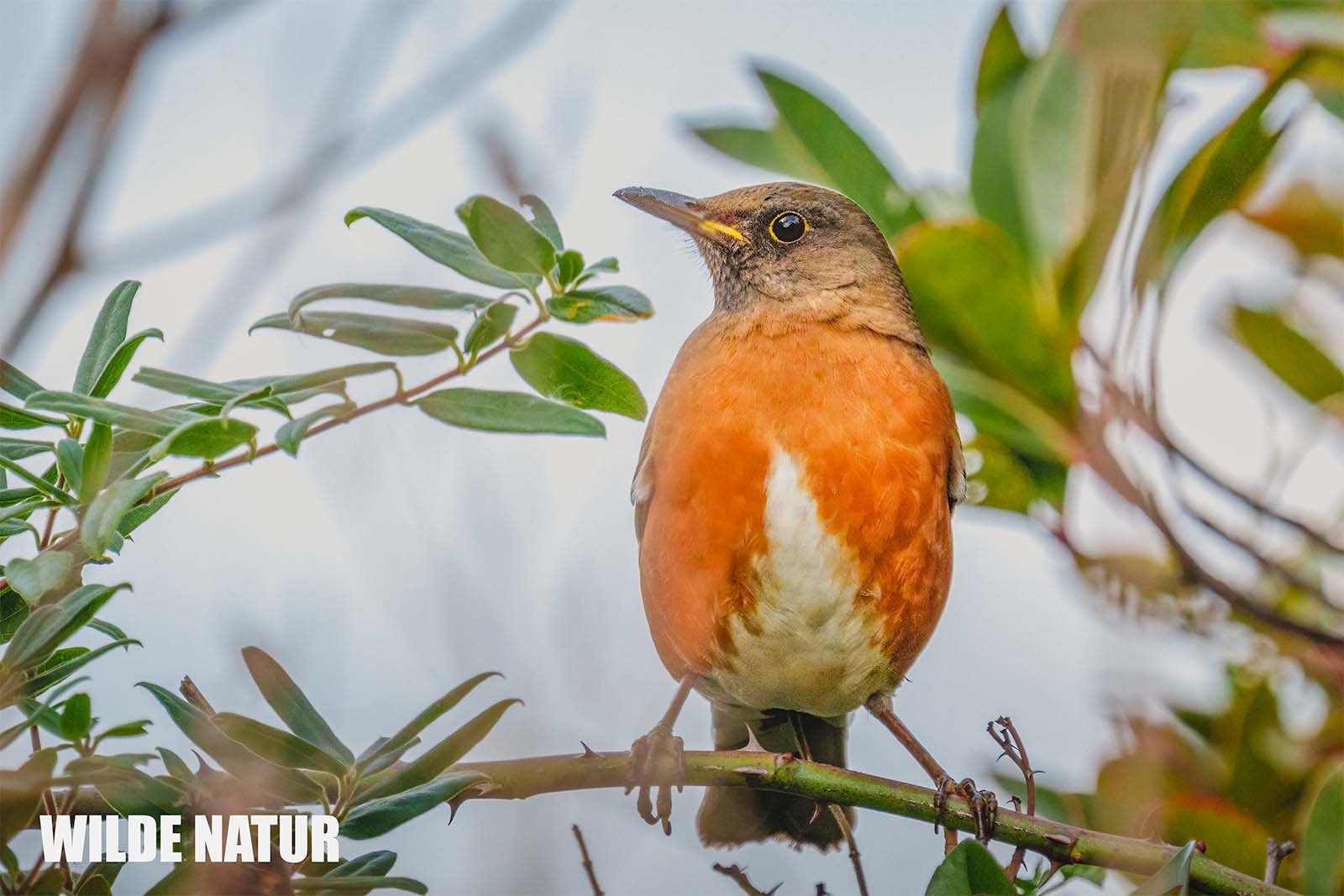Middle spotted woodpecker (Dendrocoptes medius)
Middle Spotted Woodpecker (Leiopicus medius) - Picture taken in Bavaria, Germany
Key Facts
Size: 19.2 - 22 cm
Weight: 50 - 85 g
Diet: Wood-boring insects, larvae, fruits, seeds, tree sap
Season: Throughout the year
Observation Tip: Deciduous forests with old oaks, beeches, parks, alder forests
Photography Tips
Lens: From 600 mm
Difficulty Level: Hard
In the Western and Southwestern Palearctic, the Middle Spotted Woodpecker (Dendrocoptes medius) is a rather rare bird species belonging to the woodpecker family (Picidae). The species prefers tree canopies with coarse bark and trunk areas for foraging, and thus relies on old oak forests in many parts of its distribution range. However, it has also been found in semi-natural deciduous forests without a significant proportion of oak trees. Middle Spotted Woodpecker (Dendrocoptes medius) are resident birds that raise their young in self-built tree cavities. Unlike other woodpecker species, they show little or often no color differences between the sexes, which can make sex determination difficult. In their distribution range, they are the only species in which both males and females have approximately equal-sized red crowns. The distribution focus of L. medius is in Central Europe, with about 20% breeding in Germany, giving the country a special responsibility for the protection of this species. The total population of the Middle Spotted Woodpecker appears to be slightly increasing and is currently classified as "Least Concern." The Middle Spotted Woodpecker averages a body length of 21 cm, a wingspan of 34 cm, and a weight between 50 and 85 g. The sexes have similar coloring and are difficult to distinguish. Confusion may arise with the Great Spotted Woodpecker, Red-headed Woodpecker, or White-backed Woodpecker, with the red crown and nape area as well as the sparse facial black markings serving as the most important distinguishing features. The Middle Spotted Woodpecker is distributed in the Western and Southwestern Palearctic and predominantly inhabits warm temperate deciduous forests of Europe and Western Asia. The species is considered a relic of primeval forests and prefers natural forest areas. Standing deadwood is required for foraging by the Middle Spotted Woodpecker. The size of the forest area plays an important role in the settlement of these woodpeckers. The main diet of Middle Spotted Woodpeckers consists of arthropods and their developmental stages. Plant-based food plays a minor role. The behavior of the Middle Spotted Woodpecker is agile and restless; it climbs skillfully up and down and flies short distances.



